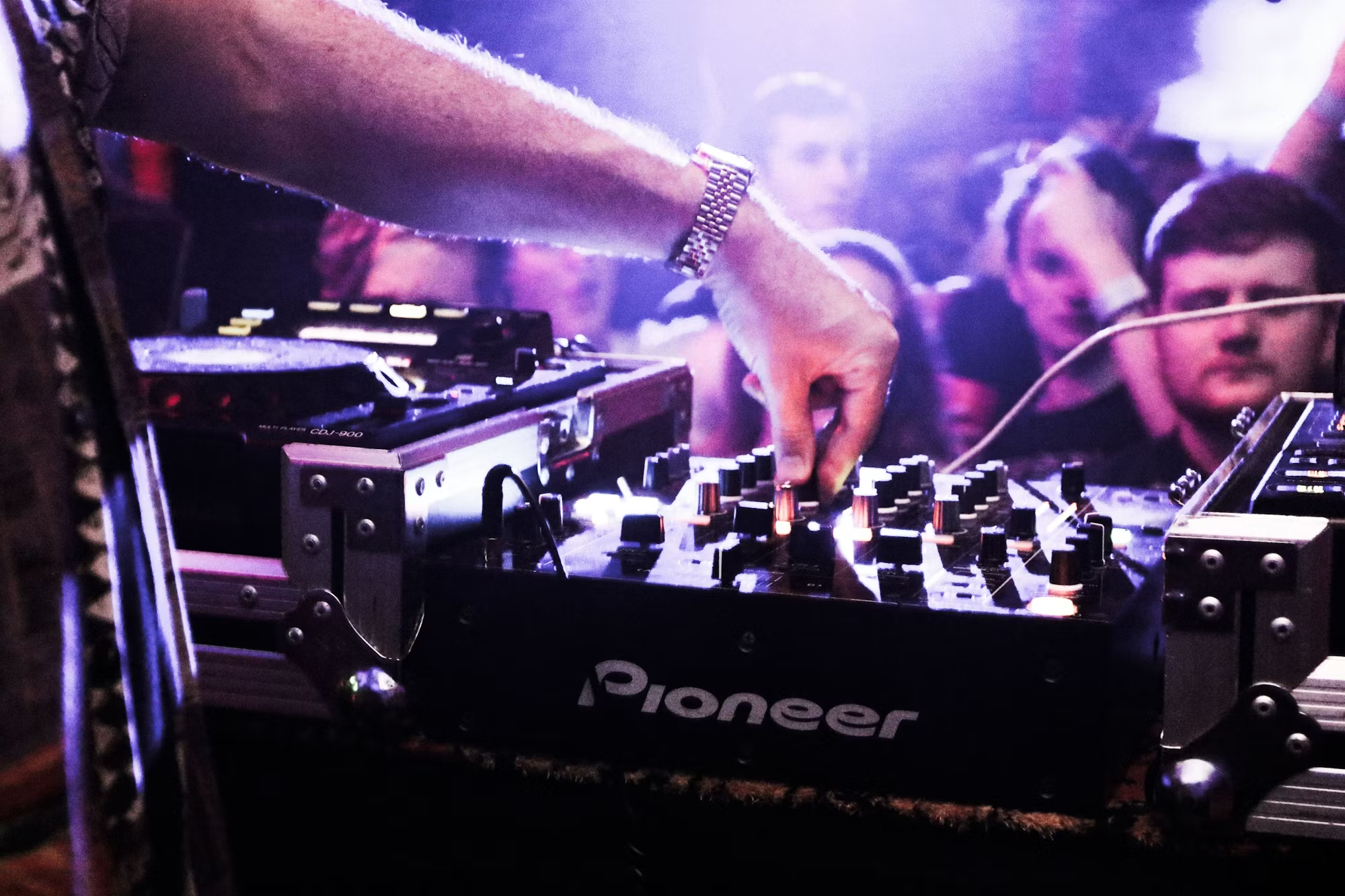Collaboration has always been a cornerstone of the music industry, fostering creativity and innovation across genres. From iconic bands that thrive on group dynamics to solo artists who enlist the help of producers and songwriters, the collaborative process has shaped the sound and direction of modern music. This article delves into the various forms of collaboration in the music industry, highlighting its impact on artistic expression and the evolution of musical styles. One of the most well-known forms of collaboration is seen in bands and ensembles, where musicians come together to create a unified sound. The dynamics within a band can significantly influence the creative process, as members bring their individual skills and perspectives to the table. Take, for example, The Beatles, whose diverse talents and distinct musical backgrounds allowed them to experiment with a range of genres, from rock and pop to classical and psychedelic music. Their ability to collaborate effectively resulted in some of the most influential albums in music history, showcasing the power of teamwork in artistic creation. Beyond traditional band structures, collaboration also thrives in the realm of songwriting. Many successful artists, including pop stars and indie musicians, often work with professional songwriters to refine their sound and enhance their lyrical content. This partnership can lead to a more polished product, blending the artist’s unique voice with the songwriter’s expertise. Notable collaborations in this space include Taylor Swift and Jack Antonoff, whose partnership has produced several chart-topping hits that resonate with fans. The synergy between artists and songwriters can result in a harmonious blend of styles and themes, pushing the boundaries of what is possible within a genre. Producers play a pivotal role in the collaborative process as well. Their technical expertise and creative vision can elevate an artist’s work, providing the tools and environment necessary for experimentation. The relationship between an artist and a producer can be transformative, often leading to innovative soundscapes that redefine a genre. Renowned producers like Pharrell Williams and Rick Rubin have collaborated with a diverse range of artists, bringing their unique flair to projects that span multiple styles. This cross-pollination of ideas often results in music that transcends traditional genre classifications, creating a rich tapestry of sound. In recent years, technology has further expanded the possibilities for collaboration in the music industry. With the advent of digital audio workstations (DAWs) and online platforms, musicians can collaborate remotely, breaking down geographical barriers. This shift has allowed for a global exchange of ideas and styles, leading to the emergence of hybrid genres that reflect diverse cultural influences. Artists can now connect with collaborators from around the world, fostering a sense of community and shared creativity. A notable example of this phenomenon is the rise of collaborative albums, where multiple artists contribute to a single project. These albums often showcase a variety of styles and perspectives, allowing listeners to experience a multifaceted musical journey. Projects like the Gorillaz’s albums, which feature contributions from a rotating cast of artists, exemplify the power of collaboration in creating a unique and dynamic sound. Additionally, social media platforms have changed the way artists interact with their fans and fellow musicians. Many artists use platforms like Instagram, TikTok, and YouTube to showcase their collaborative efforts, providing a behind-the-scenes glimpse into the creative process. This transparency fosters a deeper connection between artists and their audience, allowing fans to engage with the music on a more personal level. The rise of music challenges and collaborative projects on these platforms has also inspired artists to experiment with new ideas and styles, pushing the boundaries of their creativity. While collaboration has many benefits, it is not without its challenges. The creative process can sometimes lead to conflicts, as differing artistic visions and egos clash. Navigating these dynamics requires effective communication and a willingness to compromise, ensuring that all parties feel valued and heard. Successful collaborations often hinge on the ability of artists to balance their individual contributions with the collective vision of the project. Furthermore, the pressure to produce hits in a competitive industry can sometimes stifle creativity, leading artists to prioritize commercial success over artistic expression. Striking the right balance between collaboration and individual artistry is crucial for maintaining authenticity in the music. Despite these challenges, the power of collaboration remains a driving force in the music industry. The ability to combine diverse talents and perspectives often leads to groundbreaking music that resonates with audiences. As the industry continues to evolve, the collaborative process will undoubtedly play a central role in shaping the future of music. In conclusion, collaboration in the music industry serves as a catalyst for creativity and innovation. From traditional bands to modern songwriting partnerships, the interplay of ideas and talents fosters a rich musical landscape that continues to inspire and engage listeners. As artists navigate the complexities of collaboration, they create a vibrant tapestry of sound that reflects the diverse influences of our global culture. The evolution of collaboration, facilitated by technology and social media, will continue to redefine the music industry, paving the way for exciting new possibilities in artistic expression.
Related Post
This article explores the origins, evolution, and cultural significance of house music, highlighting
This article explores how advancements in audio technology are transforming the music production pro
An exploration of house music, its origins, subgenres, and influential artists shaping its evolution



